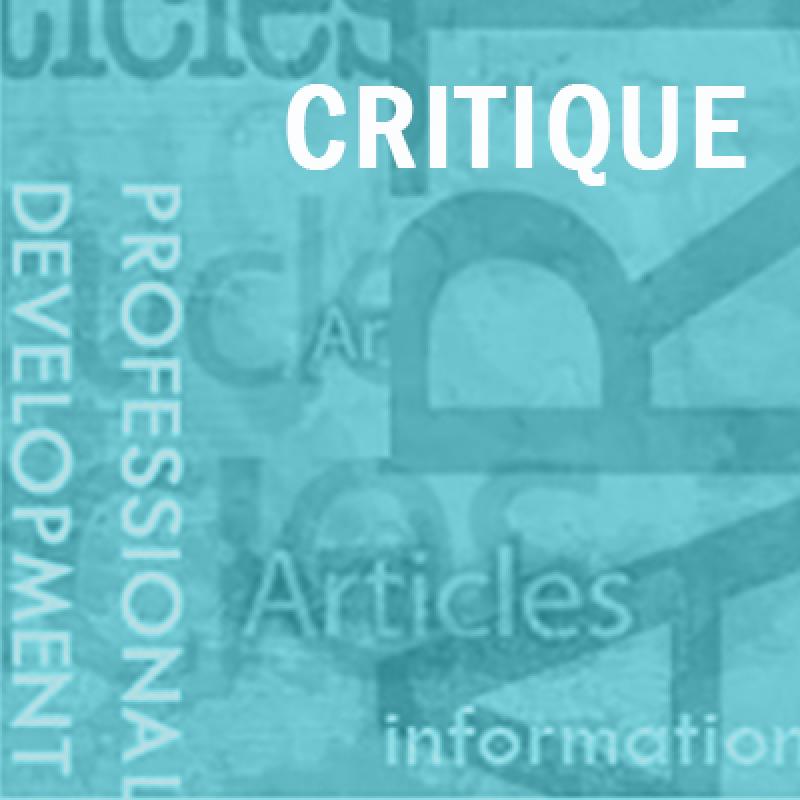In 2011, I approached Aberna-thy Arts Center Gallery in Sandy Springs, Georgia, about including my work in its annual Georgia Artists show. There were categories for painting, photography, sculpture, and mixed media, but no fiber, my primary medium. After showing the gallery director my work, she agreed to accept my entries under the mixed-media category.
I had been accepted into the show for several years when the former director and curator, Lauren Bernazza, approached me and artist Leisa Rich about working together. Rich started in fiber, but currently works in three-dimensional fiber and plastics. My work is heavily rooted in realism, hers in abstraction. After carefully explaining that I couldn’t do abstract, the pair talked me off the ledge and convinced me I could go in another direction. Rich had recently taken a series of photographs in car washes, and these became our inspiration.
There is a lot of trust that goes into any collaboration. You have to give your work over to another person to do with as they will. After our first piece, we realized that we could work well together and that our skills were symbiotic. We created a full exhibit based on the theme of a car wash, but planning was key. Abernathy is a HUGE space, and filling it within nine months seemed a daunting task. We sketched out a plan using an out-line of the gallery as a starting point. That first step gave us a goal to work toward and a timeline.

To create the pieces, it was our intention to pass each piece back and forth until we were both satisfied, and by and large, that system worked well for us. For me, it was thrilling to see what I would receive in return. For many of the pieces, I cut out appliqué shapes, worked on the piece, and then gave it to Rich to do her magic. She works with recycled materials (including shower curtains, her husband’s shirts, and a prom dress), her own silk-screened fabrics, upholstery fabrics, velvets, several different kinds of plastics, and even nail polish. She would add embellishments and then hand and machine embroider the piece. I would take it back to quilt, machine trapunto, and finish.
One of our installation pieces, how-ever, was created along the reverse path. A 7 x 25-foot organic piece was comprised of all recycled materials. It was constructed by Rich and then given to me to complete. It was designed to run the entire length of the gallery, and its many overlapping pieces required industrial strength Velcro® brand fastener to attach them together. Rings on the back were used to attach the pieces to the wall.
We planned another installation piece made from actual car wash strips to hang in the middle of the gallery and allow viewers to walk through. This piece was the introduction to the exhibit and gave viewers the tactile feel of a car wash to prepare them for the visual experience. Its installation required us to have a structure built that was sturdy enough to hold the weight of the car wash materials at an elevation high enough for people to walk through it.

Through this collaboration, I have begun to recognize the need for more creative dissonance in my work. I usually plan my pieces very carefully before I ever begin. There are times later in the process when the unexpected can enhance the design of a piece. A critical eye on the entirety of the piece in late construction can still yield creative changes to add what is otherwise missing. I also have broadened my perception io include a world of materials available for exploration. Sometimes, impact can be created through sheer size of presentation.
Rich said while our approaches to creating could not be more different — she works intuitively, spontaneously, letting serendipity guide the way, and in sharp contrast to my narrative approach — both of us have incredibly efficient, organized methods of time management and a very strong work production ethic.
The goal of the exhibit was to appeal to the broader art market. The acceptance of fiber as an art medium is not as widespread in the South as it is on the West Coast, but it is growing in popularity. We are currently speaking with a private gallery in the affluent uptown Atlanta district of Buckhead about hosting several pieces after our show at Abernathy closes. We are also considering some traveling venues.
Virginia Greaves is a JAM who resides in Roswell, Georgia.

